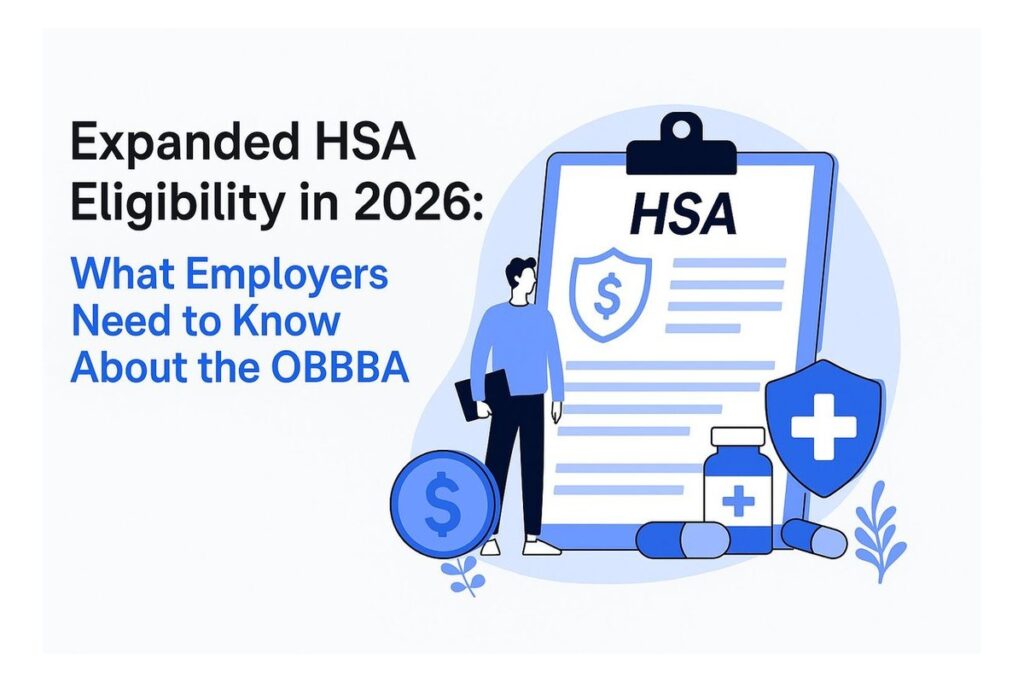In today’s economy, many businesses turn to independent contractors to stay agile amid staffing shortages and rising costs. But if you’re among those relying on freelancers or contractors, it’s vital to ensure they’re correctly classified under federal tax law. Misclassifying an employee as an independent contractor can trigger audits, back taxes, penalties — and even legal action from the IRS.
Why Worker Classification Matters
Employee vs. contractor classification is more than a paperwork formality — it determines your business’s legal and tax responsibilities. Here’s a breakdown of what’s at stake:
If the Worker is an Employee, You Must:
Withhold federal income and payroll taxes
Pay the employer portion of FICA (Social Security and Medicare)
Pay federal unemployment tax (FUTA)
Offer certain fringe benefits available to employees
Comply with additional state and local tax obligations
If the Worker is a True Independent Contractor:
You generally don’t have to withhold or pay payroll taxes
You’re not responsible for benefits or unemployment contributions
You must issue Form 1099-NEC for payments over $600 annually
Independent contractors typically provide services to multiple clients, use their own tools or equipment, invoice for work performed, and accept the risk of profit or loss — all signs the IRS uses to assess classification.
What Defines an “Employee”?
Unfortunately, there’s no single rule. The IRS and courts rely on a “control test” to assess classification, focusing on:
Behavioral control: Does the business direct how the work is done?
Financial control: Does the worker have investment and risk of loss?
Type of relationship: Are there benefits or a long-term arrangement?
Generally, more control by the business points to an employee relationship.
Beware of Form SS-8: Proceed With Caution
Businesses can request an official classification ruling by filing Form SS-8 with the IRS. However, this often backfires: the IRS tends to favor employee classification, and your request could prompt a broader employment tax audit.
Tip: It’s safer to work with a tax advisor to proactively structure your contractor relationships, using written contracts, documentation, and consistent classification practices.
When Contractors File Form SS-8 Themselves
Contractors may also submit Form SS-8 if they believe they’ve been misclassified — often to claim employment benefits or reduce self-employment taxes. If this happens, the IRS will notify your business and ask you to complete the same form, initiating an official review.
Section 530 Relief May Help — But It’s Limited
Section 530 of the tax code offers relief from employment tax liability in some cases, but only if:
All similarly situated workers are treated the same
Proper tax documents (e.g., 1099s) are consistently filed
The business had a reasonable basis for the classification
Note: This relief isn’t available in all industries or circumstances.
Protect Your Business From Costly Errors
Worker classification is one of the most common — and expensive — mistakes small businesses make. The safest path forward? Consult with payroll and tax professionals like our team at Stelios Payroll and Berndt CPA LLC. We can help:
Structure your contractor agreements properly
Maintain IRS-compliant documentation
Avoid penalties, back taxes, and lawsuits
Need Help Classifying Your Workers?
Contact Stelios Payroll today to safeguard your business from classification risks and streamline your compliance processes.




